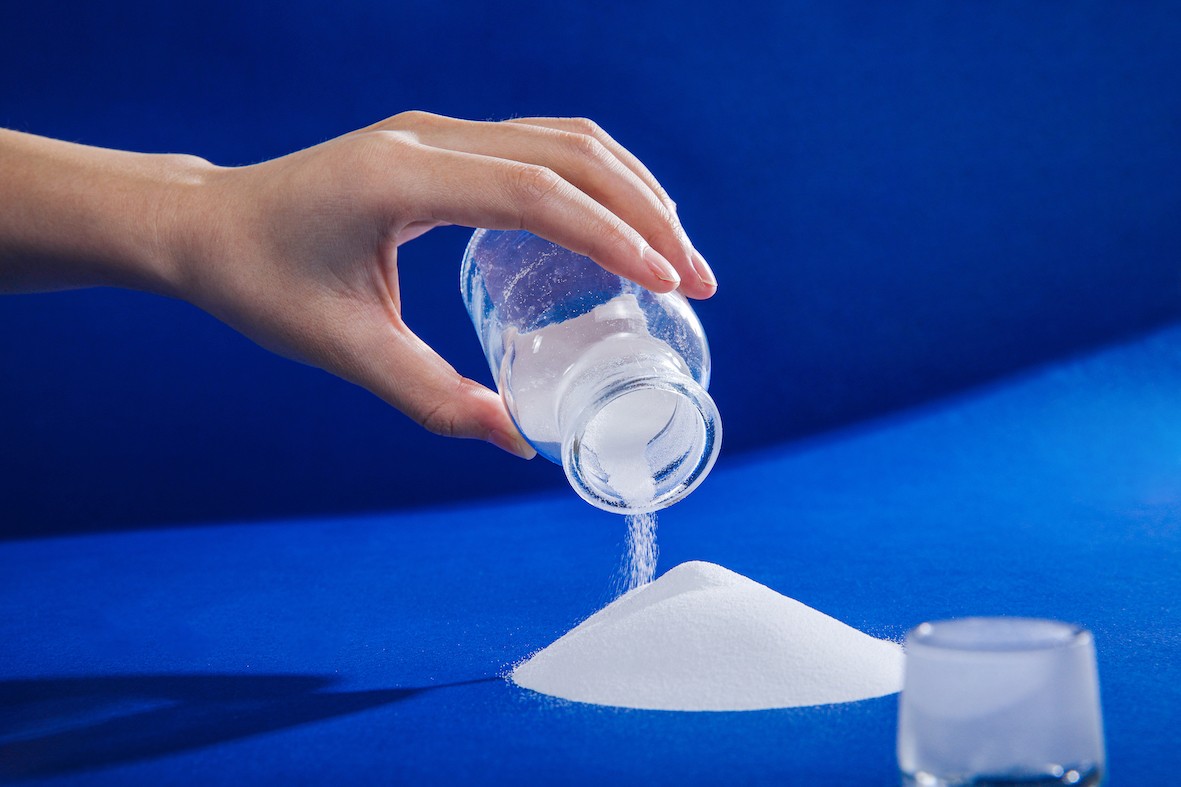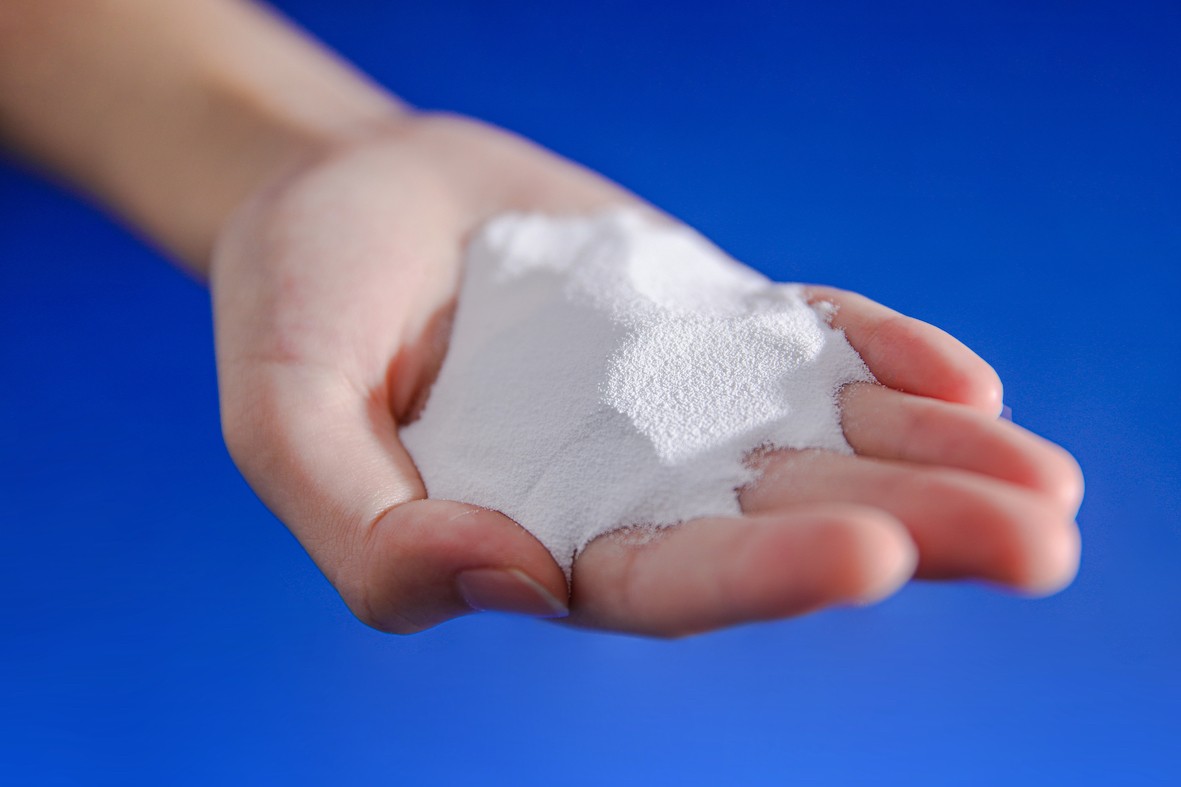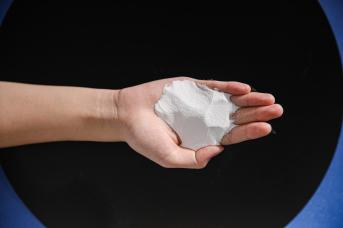-
 What is PVC Resin?05 09,2022
What is PVC Resin?05 09,2022Polyvinyl chloride (PVC) is a polymer polymerized by vinyl chloride monomer (VCM) in peroxide, azo compound and other initiators or according to the free radical polymerization mechanism under the action of light and heat. Vinyl chloride homopolymer and vinyl chloride copolymer are collectively referred to as vinyl chloride resin. PVC was once the world's largest general-purpose plastic, which was widely used. It is widely used in building materials, industrial products, daily necessities, floor leather, floor tiles, artificial leather, pipes, wires and cables, packaging film, bottles, foaming materials, sealing materials, fibers and so on. According to the different application scope, PVC can be divided into: general-purpose PVC resin, high degree of polymerization PVC resin and cross-linked PVC resin. General purpose PVC resin is formed by polymerization of vinyl chloride monomer under the action of initiator; High polymerization degree PVC resin refers to the resin polymerized by adding chain growth agent in vinyl chloride monomer polymerization system; Crosslinked PVC resin is a resin polymerized by adding crosslinking agent containing diene and polyene into vinyl chloride monomer polymerization system. According to the method of obtaining vinyl chloride monomer, it can be divided into calcium carbide method, ethylene method and imported (EDC, VCM) monomer method (traditionally, ethylene method and imported monomer method are collectively referred to as ethylene method).
-
 The Future Trend of PVC Resin05 09,2022
The Future Trend of PVC Resin05 09,2022PVC is a kind of plastic used widely in building materials. Therefore, it will not be replaced for a long time in the future, and it will have great application prospects in less developed areas in the future. As we all know, there are two ways to produce PVC, one is the international common ethylene method, and the other is the unique calcium carbide method in China. The sources of ethylene method are mainly petroleum, while the sources of calcium carbide method are mainly coal, limestone and salt. These resources are mainly concentrated in China. For a long time, China's PVC of calcium carbide method has been in an absolute leading position. Especially from 2008 to 2014, China's PVC production capacity of calcium carbide method has been increasing, but it has also brought many environmental protection problems. The power consumption of calcium carbide production is very huge, so this will pose some challenges to China's power supply. Because electricity is generated by burning coal, it needs to consume a lot of coal, so the combustion of coal will inevitably pollute the atmosphere. However, China has made some changes in policies over the years. China is constantly upgrading its industrial chain. Now we can see that China has imported a lot of oil, and local enterprises are encouraged to import oil to refine downstream products. Therefore, in recent years, several new ethylene process manufacturers have been added in China, and all the new PVC production capacity in China in recent years is the production capacity of ethylene process. The production capacity of China's calcium carbide method has stopped new approval. Therefore, in the near future, the number of ethylene plants in China will continue to increase and the calcium carbide process will continue to decrease. In the future, China's export volume of ethylene process will continue to increase, and gradually become the world's leading exporter of ethylene process PVC.
-
 Introduction about PVC Capacity in China and Globally05 09,2022
Introduction about PVC Capacity in China and Globally05 09,2022According to the statistics in 2020, the global total PVC production capacity reached 62 million tons and the total output reached 54 million tons. All the reduction in output means that the production capacity did not run 100%. Because of natural disasters, local policies and other factors, the output must be less than the production capacity. Due to the high production cost of PVC in Europe and Japan, the global PVC production capacity is mainly concentrated in Northeast Asia, of which China has about half of the global PVC production capacity. According to wind data, in 2020, China, the United States and Japan are important PVC production areas in the world, with production capacity accounting for 42%, 12% and 4% respectively. In 2020, the top three enterprises in the global PVC annual production capacity were Westlake, shintech and FPC. In 2020, the PVC annual production capacity was 3.44 million tons, 3.24 million tons and 3.299 million tons respectively. Secondly, enterprises with a production capacity of more than 2 million tons also include inovyn. China's total production capacity is another 25 million tons, with an output of 21 million tons in 2020. There are more than 70 PVC manufacturers in China, 80% of which are calcium carbide method and 20% are ethylene method. Most of the calcium carbide method are concentrated in places rich in coal resources such as Inner Mongolia and Xinjiang. The plant site of ethylene process is located in coastal areas because the raw material VCM or ethylene needs to be imported. China's production capacity accounts for almost half of the world, and with the continuous expansion of China's upstream industrial chain, the PVC production capacity of ethylene method will continue to increase, and China will continue to erode the international PVC share.
-
 The recent high adjustment of China's PVC market07 19,2021
The recent high adjustment of China's PVC market07 19,2021Future analysis shows that domestic PVC supply will be reduced due to the shortage of raw materials and overhaul. At the same time, the social inventory remains relatively low. The downstream demand is mainly for replenishment, but the overall market consumption is weak. The futures market has changed a lot, and the impact on the spot market has always existed. The overall expectation is that the domestic PVC market will fluctuate at a high level.




